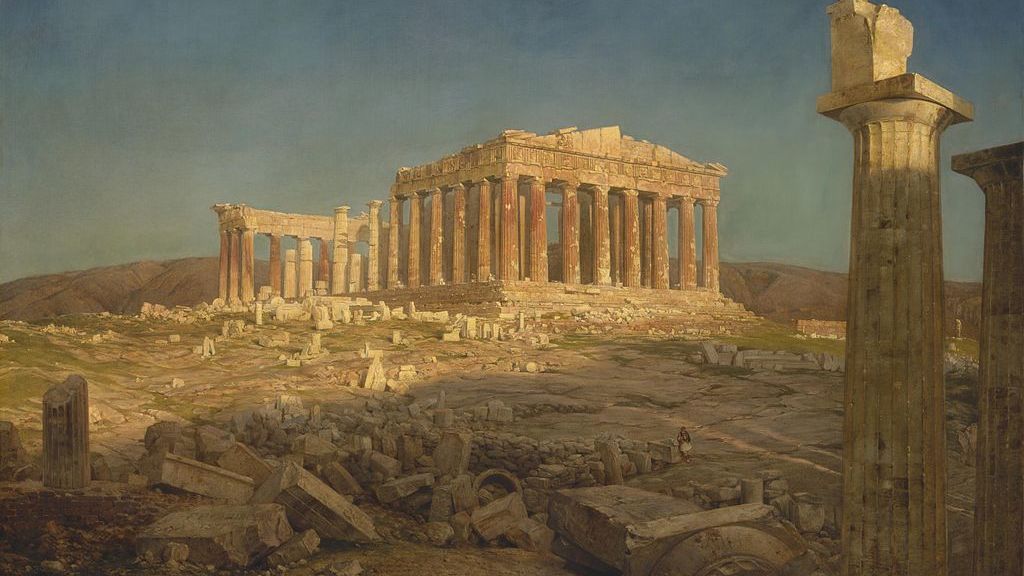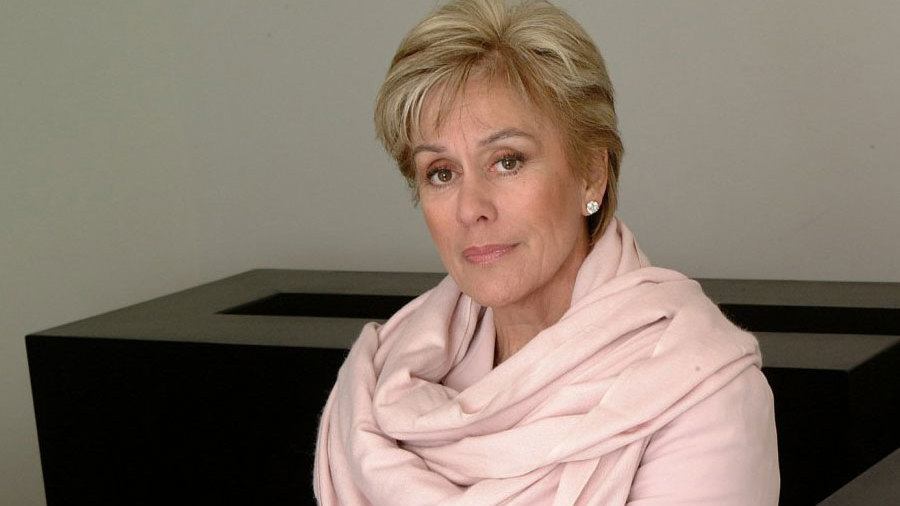Haydn’s Symphony No. 102 in B-flat Major: Dynamic and Miraculous
According to legend, during the premiere of Franz Joseph Haydn’s Symphony No. 96, a chandelier fell from the ceiling at London’s Hanover Square Rooms. Moments earlier, enthusiastic audience members rushed the stage to catch a better glimpse of Haydn, who conducted from the pianoforte. As a result, everyone escaped serious harm. Shouts of gratitude rang out. “Miracle! Miracle!” Symphony No. 96 earned the nickname, The Miracle. In fact, this harrowing event occurred four …







